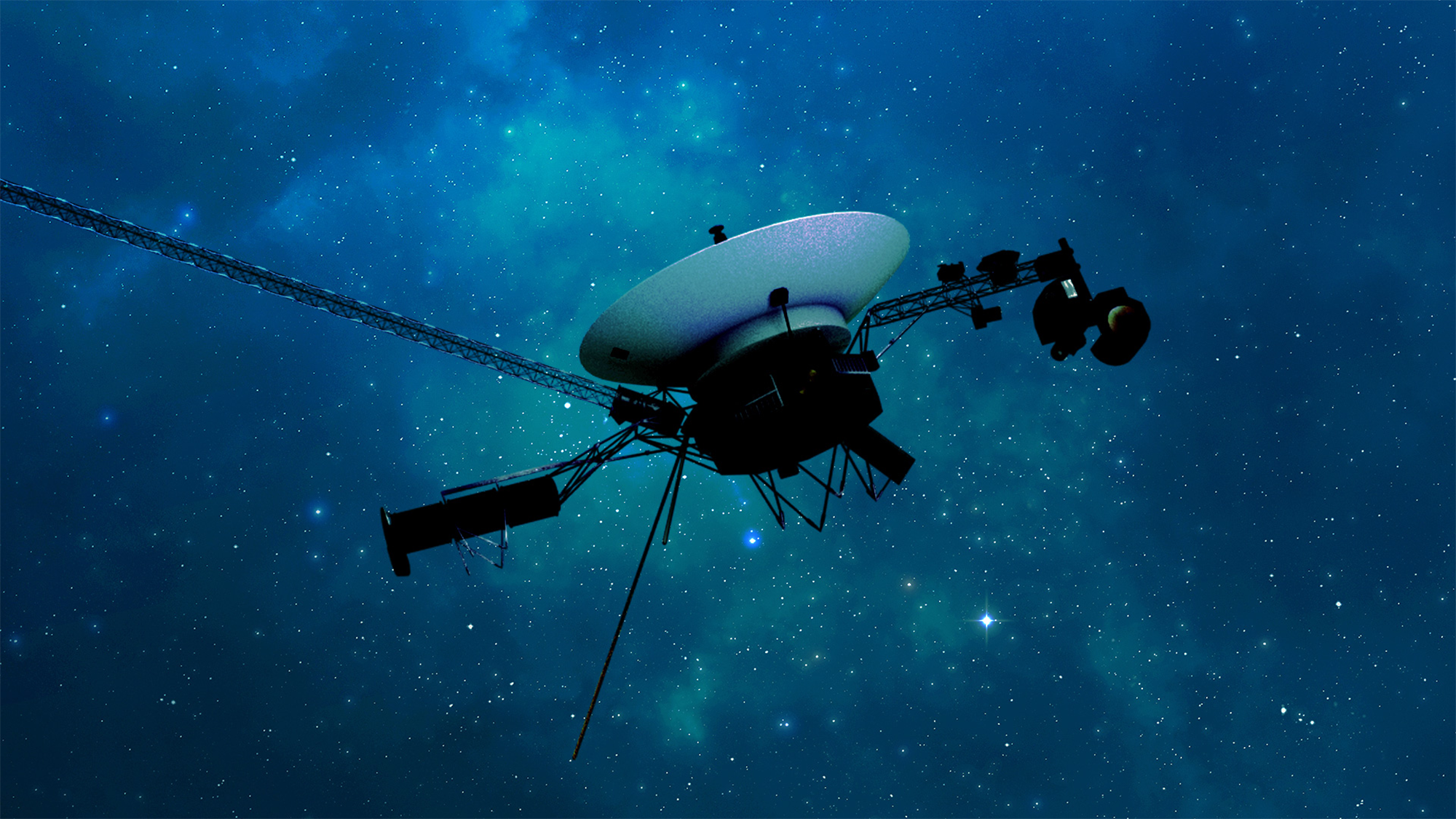
The universe we live in has two puzzle-like properties.
First, it is broadly homogeneous: when we analyze the cosmic microwave background, in other words, the so-called “fossil” radiation released more than 13 billion years ago, we realize that it is evenly hot everywhere, in all directions. However, for the temperature of the medium to become uniform, all parts of that medium must have time to interact with each other, so that the energy can be distributed fairly. We all know, in fact, that a glass of water placed in a room takes a certain amount of time to reach room temperature. However, calculations show that the period separating the big bang from the release of the cosmic microwave background radiation of 380,000 years is too short for all regions of the universe to have time to interact due to the fact that the speed of light cannot be exceeded. So how can this radiation become homogeneous? One can, of course, assume that he had this characteristic from the beginning, but the assumption cannot constitute a true explanation. Therefore, the homogeneity of the universe smells of mysteries.
Then, upon examination, it turns out that the universe was flat. This does not mean that it is flat, but that the geometry of its space-time has no curvature. probably, this curvature can be positive, negative, or exactly zero. It now happens that this is the last – the most unique – situation observed by different measurements: in the universe, two parallels never meet, which means that the scale is universally Euclidean. What a strange coincidence!
Inflation hypothesis to solve the mystery of “flattening the universe”?
Einstein’s equations tell us that the spatial curvature of the universe is determined by the density of matter and energy it contains. But then, how exactly is the average density of the universe corresponding to zero curvature globally? How does it become zero exactly in place of any other value? This is called the “flattening of the universe” puzzle.
In 1981, two cosmologists, Alan Guth and Alexey Starobinsky, put forward a hypothesis that likely solves these two problems (independently of each other). According to them, the primordial universe would have known massive “inflation”, i.e. a strongly accelerated phase of expansion when its density was extremely high. The numbers speak for themselves: distances could have been multiplied by an enormous factor, on the order of 1050, in a very short time, from 10 to 32 seconds! This is not the so-called senator’s train … To realize the constancy of this process, the gigantism of this growth rate, it is enough to compare it with the following data: over the past 10 billion years of the universe, the distances within it have only been multiplied by a factor of 104 (or only 10,000). This means that after the lightning-fast start, the expansion of the universe frankly calmed down. (…)
The entire column can be heard by clicking on the top of the page. History, economics, science, philosophy, art history…
Listen and subscribe to the “Why How” podcast ; The best experts answer all the questions you wouldn’t dare ask



freshidea-AdobeStock-ef12.jpeg)


